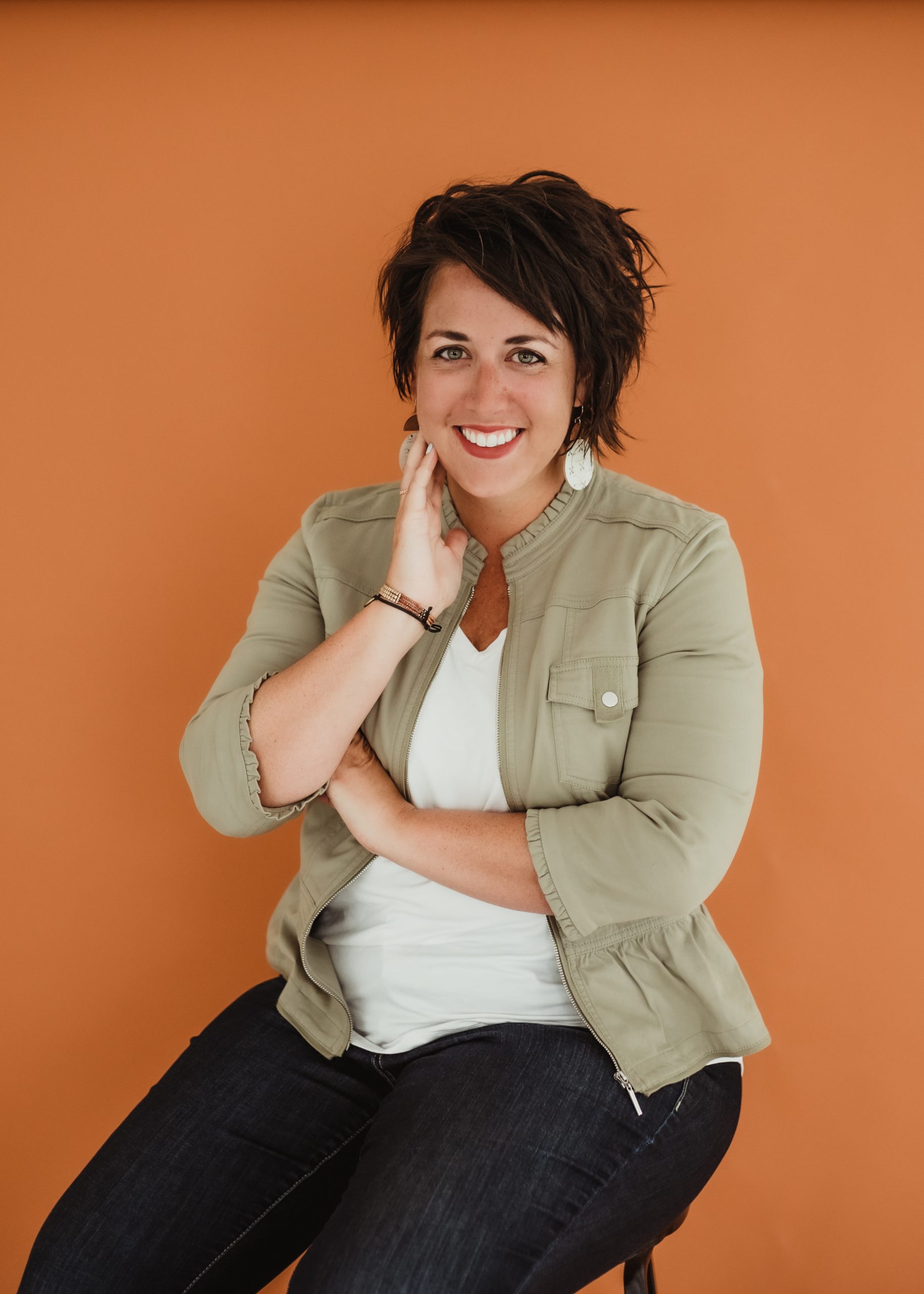
There’s only one actual bad word in my circle of mom friends, a word so bad we only use an abbreviation for it — DST. That is, Daylight Saving Time. As a mom of five, it strikes actual fear and anguish every time that doggone “spring ahead” or even “fall back” reminder starts popping up in the daily news cycle (Let me save you some time: it’s March 12th this year). Why? Because it totally derails our lives for a series of weeks, reminding us just how important those circadian rhythms we can’t see or hear really are.
I’m not alone in this. In a Sleepopolis survey of nearly 2,000 respondents, all who had school-aged children, over half of parents say they have fear or anxiety about DST because kids might be coming or going for school or activities when it’s dark out. Another 37 percent say they would welcome later start times for school during DST. Like me, 38 percent say it’s disruptive, such as its impact in my household, throwing off bedtimes, wake up times, and causing lots of grouchiness. Finally, a quarter of parents say they’d rather have school start later in general, not just during DST. Basically, it sounds like a whole lot of parents who could all use a lot more sleep, in addition to their kids.
Other research supports DST as a major disruption, and some government officials and advocacy groups have been pushing for a change, to eliminate DST. In fact, at least 550 bills and resolutions have been under consideration in recent years on this topic. (1) The National Conference of State Legislatures says, “Much of the legislation would stop the disruption-causing, twice-yearly clock switching. Inherent in the debate is whether to enact either permanent standard time or permanent daylight time.”
Until that time, parents are left to cope with the time changes, with the knowledge and power they do have to mitigate the impacts on kids.
Why DST Is So Tough on Kids, and Their Families
Establishing bedtime and wake times is hard enough on a regular basis. But, during DST, these times get moved around — very abruptly if parents do nothing to plan for it — and everyone pays for those very grouchy, sleep deprived kids. Here’s why it’s tough.
The Lost Sleep
In an article on Cronkite News, Judith Owens, co-director of Boston Children’s Hospital’s Pediatric Sleep Program, explains that misalignment of our internal clocks have “physical repercussions” in the short term, and kids lose a “significant” amount of sleep. (2)
Hana Tova, a Portugal-based mom of a 2-year-old, says she hates it: “We had insane sleep struggles with her and still do, and daylight savings would just throw us a curveball when we were least expecting it. Being so sleep-deprived already, and living in Portugal where it fell on a different date than the US, we had no idea. Sometimes, I think during the fall, she would sleep a little later for about a day, so that was nice. But ultimately, it throws off their routine.” She jokes that she “just never knows what time it is” as Portugal’s time zone is also an hour behind much of Europe, making traveling around DST even more complicated.
The Early School Times
The conversation around DST, and its hardships for kids and teens, is intertwined with debates over school start times. Health officials and advocates have repeatedly pushed for these times to move to later in the morning, to better align with kids’ sleep needs and especially teenagers’ natural circadian rhythms.
Dr. Beth Oller, a family medicine physician for Rooks County Health Center in Plainville, Kan. says, “We know that most teenagers do not get the recommended 8–10 hours of sleep. There are many experts — and parents and teachers — that advocate for later school start times to help with this.” She adds that The American Academy of Pediatrics recommends that middle and high school start times should be no earlier than 8:30 a.m., as this could help with increasing sleep and decreasing circadian rhythm disruption.
The Impact of Light, Darkness, and Switching Schedules
When we change from DST to Standard Time our mornings are darker, Oller explains, which can cause us to feel more tired in the morning and more awake in the evening as the lack of light delays our sleep-wake cycle: “The increased alertness in the evening can lead to sleep loss as we go to bed later and don’t get enough sleep. We see issues in early March; as we go from Standard Time to DST, there is often sleep loss, as the increased light in the evenings leads to later bedtimes,” she says. “Every time we ask our bodies to adapt to a new wake-up time, it is going to take a while for our body to adjust.”
What Parents Can Do to Prepare For DST, and Mitigate the Effects
It’s what parents do, right? See the issue coming, get ready, brace for impact, and adjust or recover. DST is no different, and there are steps we can take now to help our kids deal with the physical and mental impacts of the policies that still aren’t changed in their favor.
So, Oller has some specific tips for parents and kids heading into that “spring ahead” weekend, and year round:
- Create a consistent bedtime routine that you start at the same time each night, and follow it for 20–30 minutes.
- Involve the child in coming up with this routine, which should have limited electronic use. “We know the stimulation of these can disrupt melatonin which interferes with our sleep cycles,” Oller says.
- Make sure that the room is dark, cool, and quiet. Something like blackout shades can be very helpful when you spring forward and there is light streaming in earlier in the morning.
- Ensure your child isn’t going into the time change sleep deprived, which will make the change even harder, Oller advises.
- If you have a young child who is getting cranky because they feel like they are going to sleep an hour later than usual, you can start moving bedtime in 20- or 30-minute increments to make the change less drastic. “For example, you could start four days before the time change, making a 20-minute move, then move 20 minutes more two days before, and then be ready for the time change,” she says.
Finally, build in a bit of a buffer time, and give yourself some grace the week of DST. At least you can rest in the fact that parents everywhere, with bags under their eyes that week too, will know just what you are going through.
Sources
1. National Conference of State Legislatures; “Daylight Saving Time | State Legislation,” NCSL; https://www.ncsl.org/transportation/daylight-saving-time-state-legislation; March 6, 2024.
2. Bloom, David; “Daylight saving time harms adolescents’ health, experts warn,” Cronkite News; https://cronkitenews.azpbs.org/2021/12/02/daylight-savings-time-harmful-teen-health-sleep-circadian-rhythm/; December 2, 2021.
Tova, Hana. Author interview. February 2024.
Oller, Beth. Author interview. February 2024.



























